In August 2023, Fugro and EOMAP successfully conducted a joint drone survey mission in the Baltic Sea as part of the European 4S project. Its main target is to innovate mapping and monitoring of the seabed with the help of Copernicus satellite data, drone-derived bathymetry and modern cloud infrastructure.
The survey area
was the Prerow Island Port – between Rostock and Stralsund – which is currently in construction. The new island port will enable sea rescue and maritime emergency care with short response times, provide a port of refuge, and set up permanent berths for local fishermen. The new pier and harbor will replace the Darßer Ort port that is situated in the Vorpommersche-Boddenlandschaft National Park. This again, will help renature the Ottosee, thus encouraging natural development, the protection of biotopes, and – last, but not least – help meet the European obligations under nature conservation law.
The method
In total, six drone flights were conducted at 70 metres, with the objective to document the underwater and surface distribution of the berm and rock placement. The drone was equipped with a multispectral sensor which collected over 1800 high-resolution aerial images. In addition, selective depth readings were taken to calibrate the drone-derived bathymetry.
Challenge and outcome
We were very impressed at the pilot’s skill in intermittent weather conditions. Also, there were some additional challenges, such as the approximately 50 metres tall construction crane on the site. This required the adjustment of our flight height. The project‘s next steps will include processing the collected data. The expected outcomes are a calibrated very-high resolution bathymetry map derived from drone images to enable improved construction planning.
Our thanks go to the Fugro team (for the drone flight and imagery) as well as to the local environmental authority, Amt für Landwirtschaft und Umwelt in Mecklenburg-Vorpommern.

Fugro and EOMAP staff are assembling the drone.

Fugro’s drone is ready to take off.

It was a challenge for the team to fly the drone on the construction site with the 50-m-crane nearby.

This drone image by Fugro shows an aerial view on the construction site. It will serve as a basis for a high-resolution bathymetry map.

Drone-derived bathymetry will be used for documentation of underwater and
surface distribution of rock placement / berm.

Selective depth reading for calibrating drone-derived bathymetry
(within and outside harbor and rock dump).
Latest EOMAP News
Related Posts

11 / 2025
Projektstart SEAGUARD
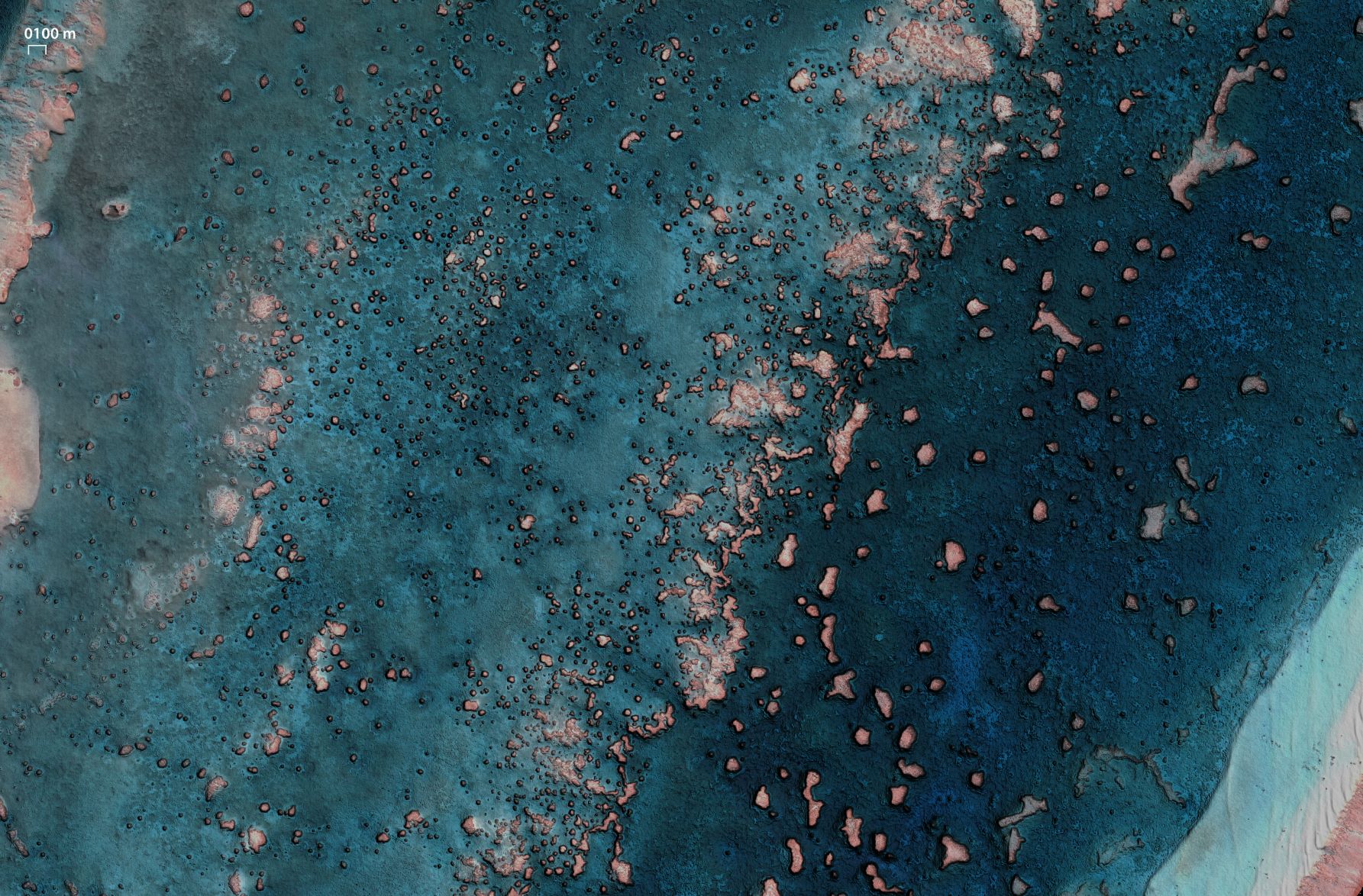
10 / 2025
SDB Update #9 – Validation and Accuracy
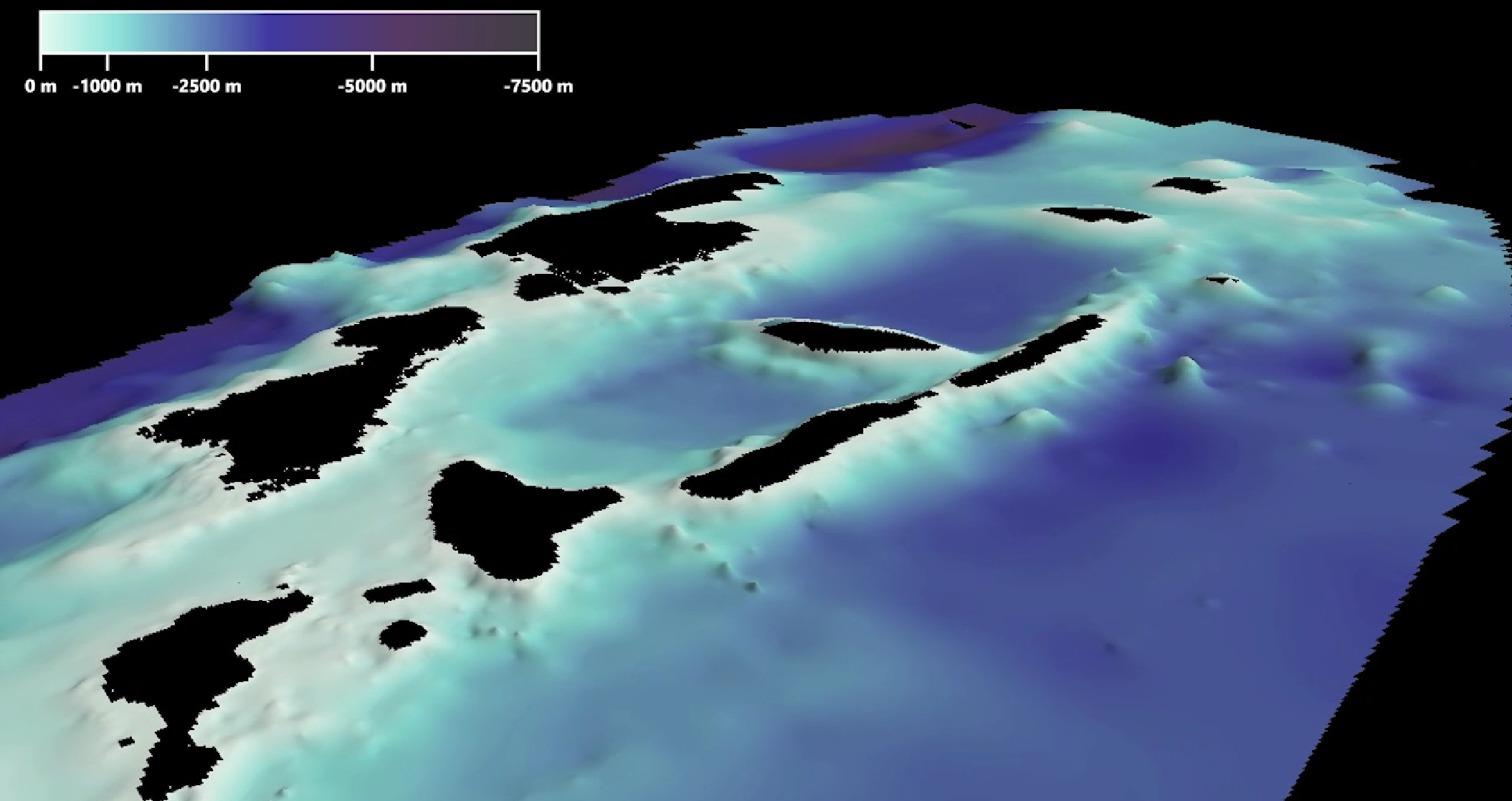
10 / 2025
SDB Update #8 – Multisource Bathymetry
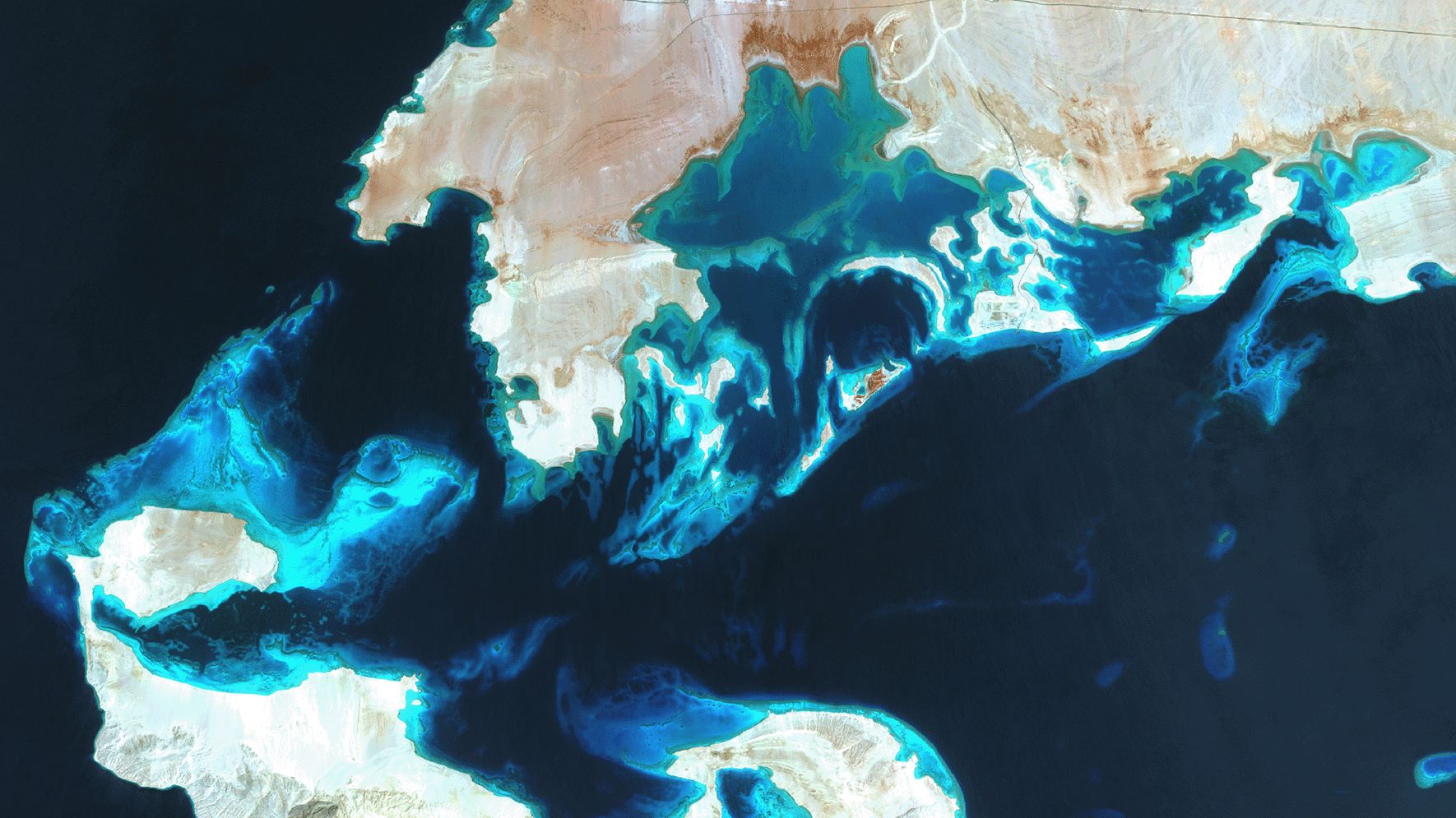
08 / 2025
SDB Update #7 – Topobathy of the Red Sea
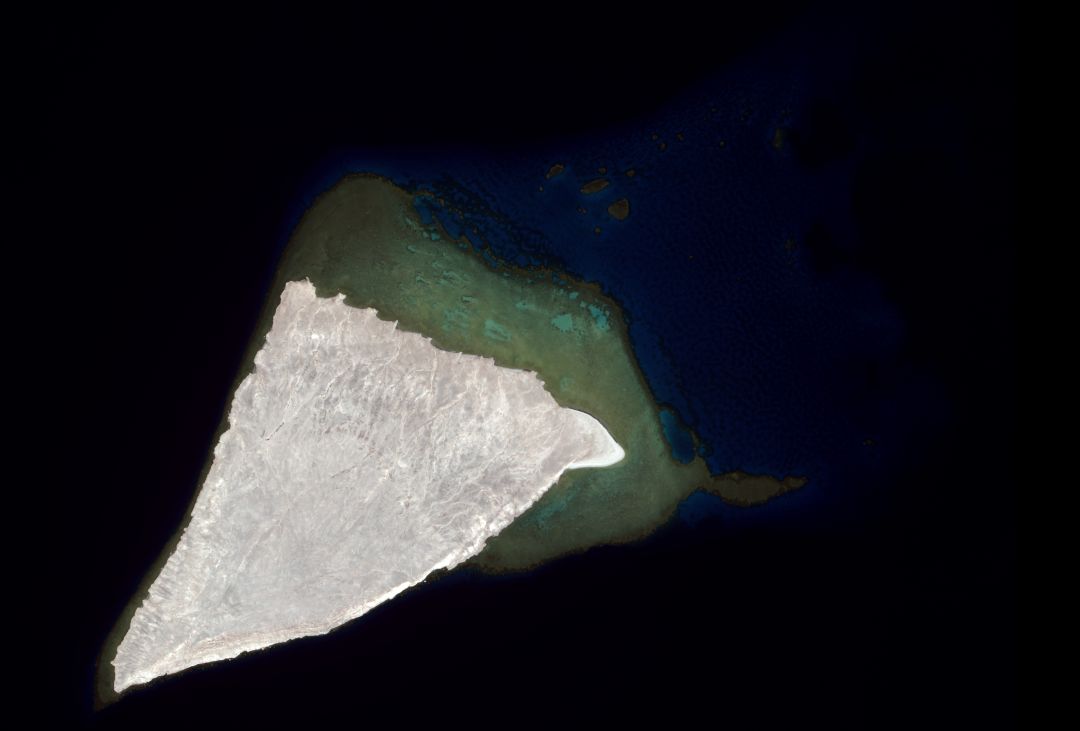
07 / 2025
SDB Update #6 – Satellite-based Topobathy Models

07 / 2025
SDB Update #5 – Storymap on Satellite-Derived Bathymetry
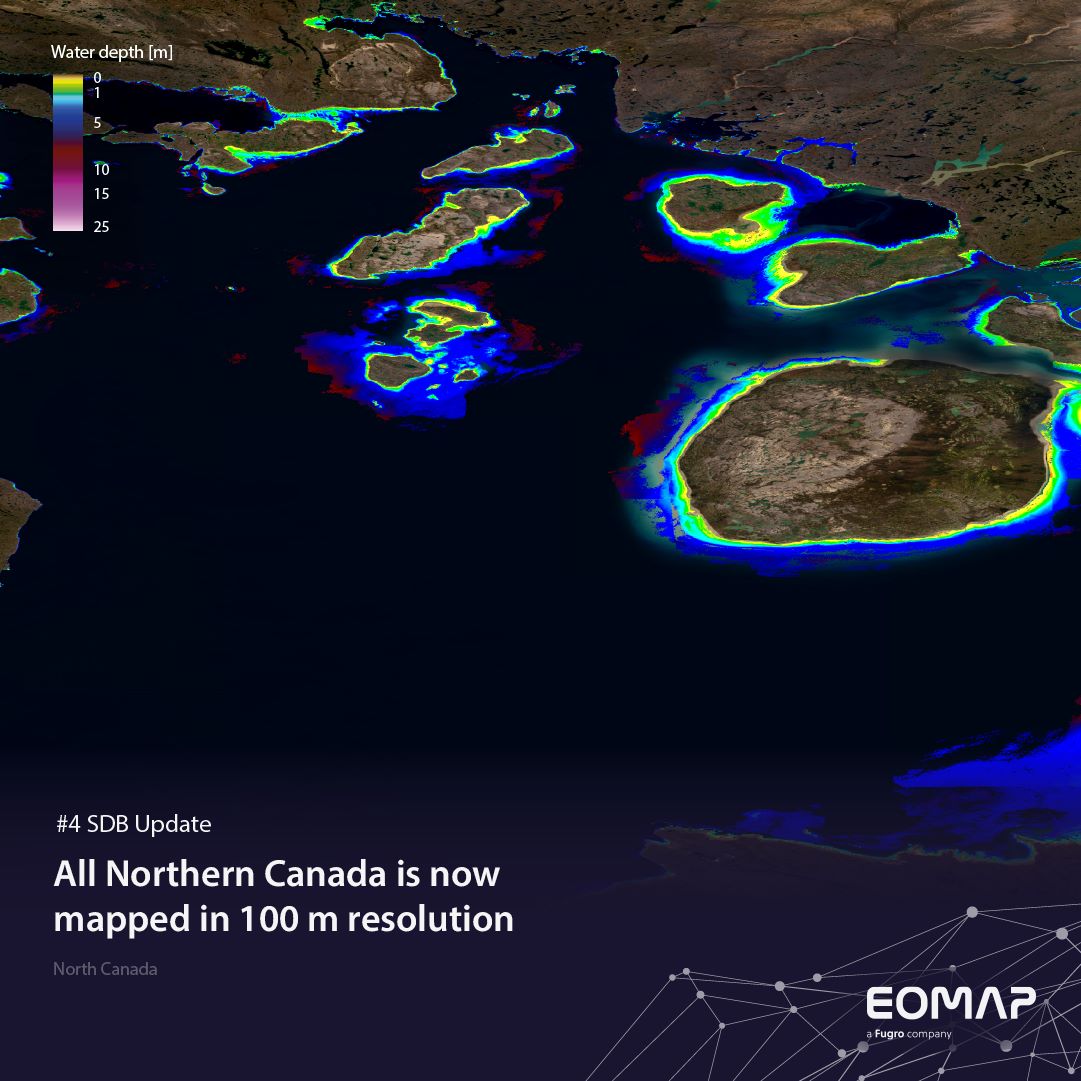
06 / 2025
SDB Update #4 – Northern Canada’s shallow waters mapped in 100 m
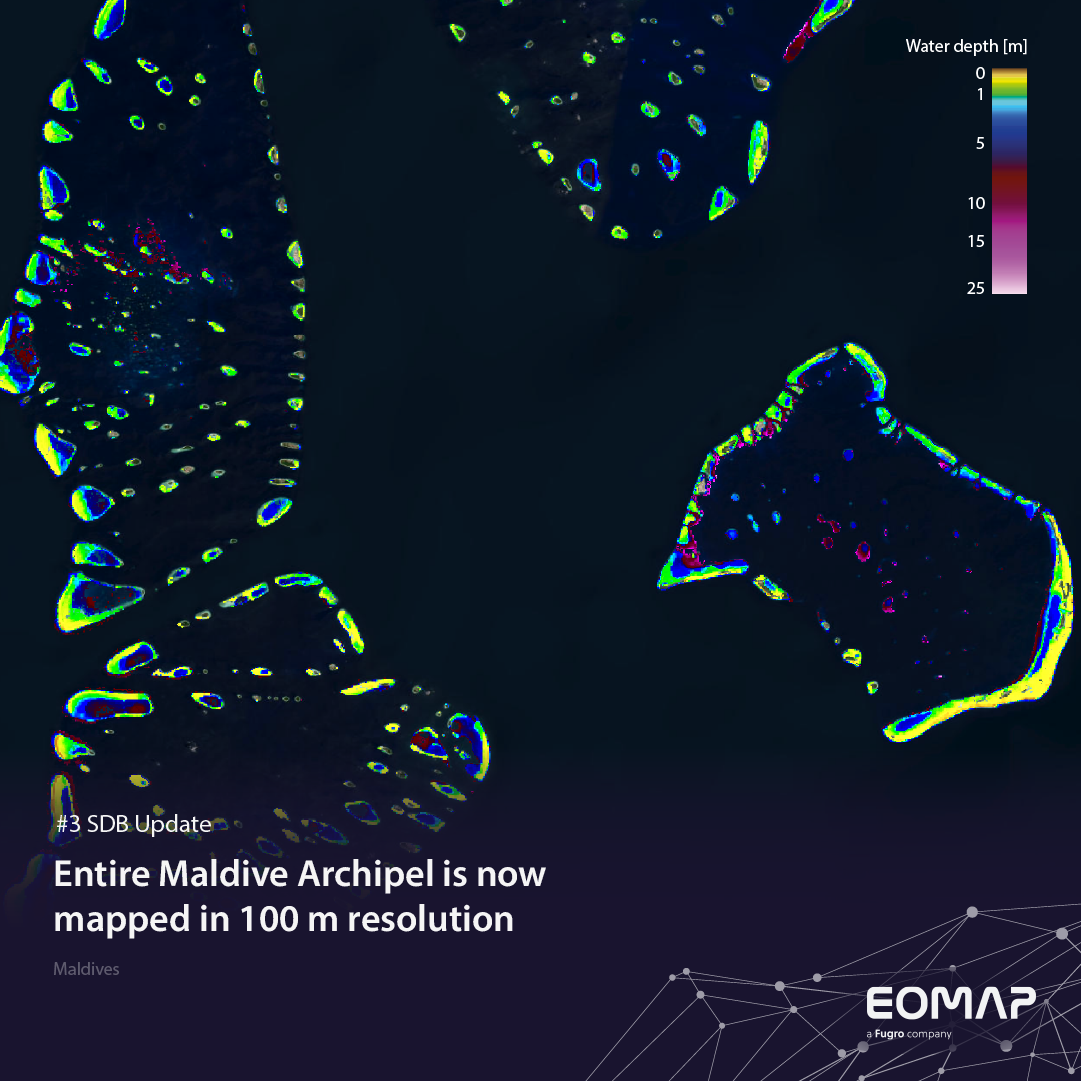
06 / 2025
SDB Update #3 – The Maldives’ shallow waters mapped in 100 m
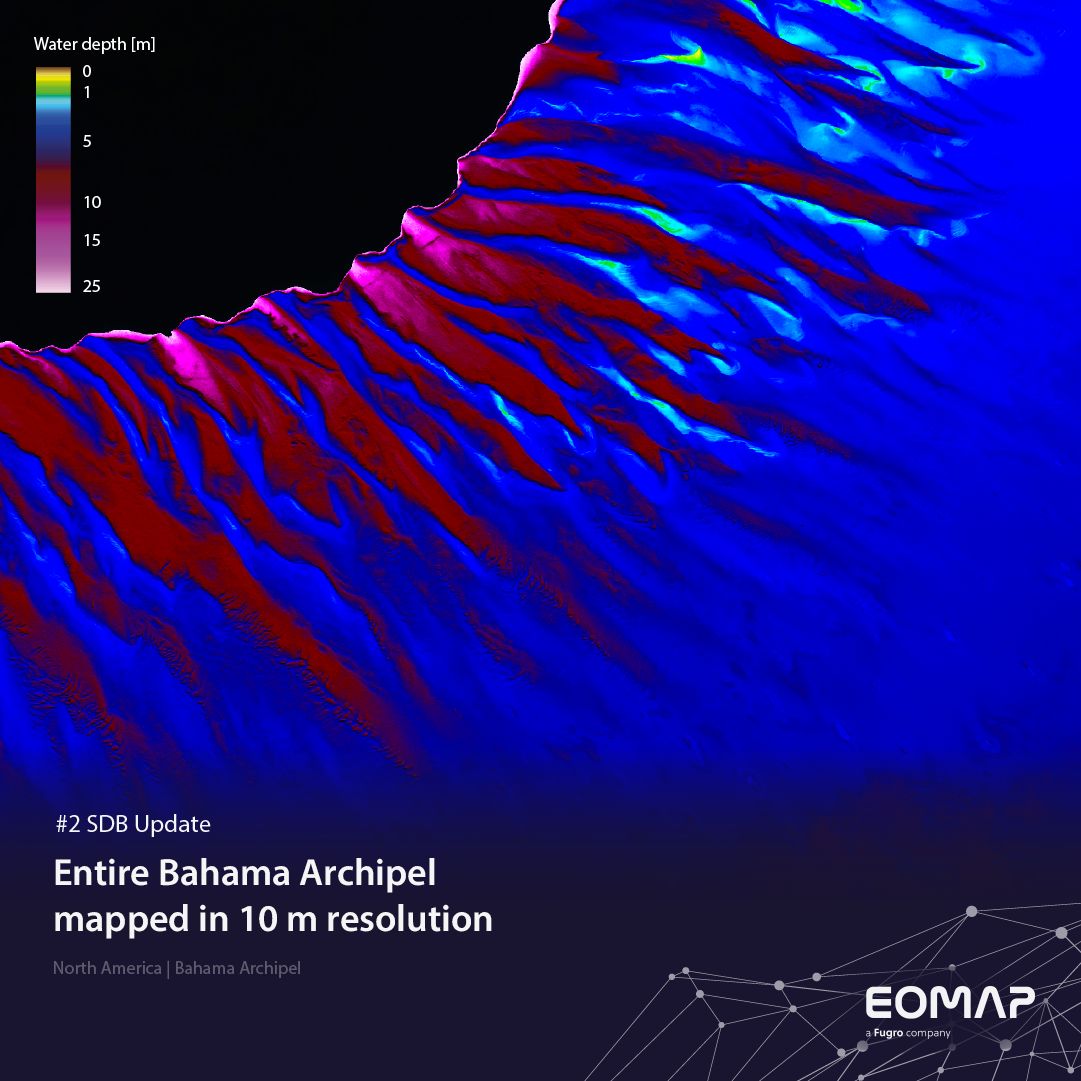
05 / 2025
SDB update #2 – The Bahamas mapped in 10 m
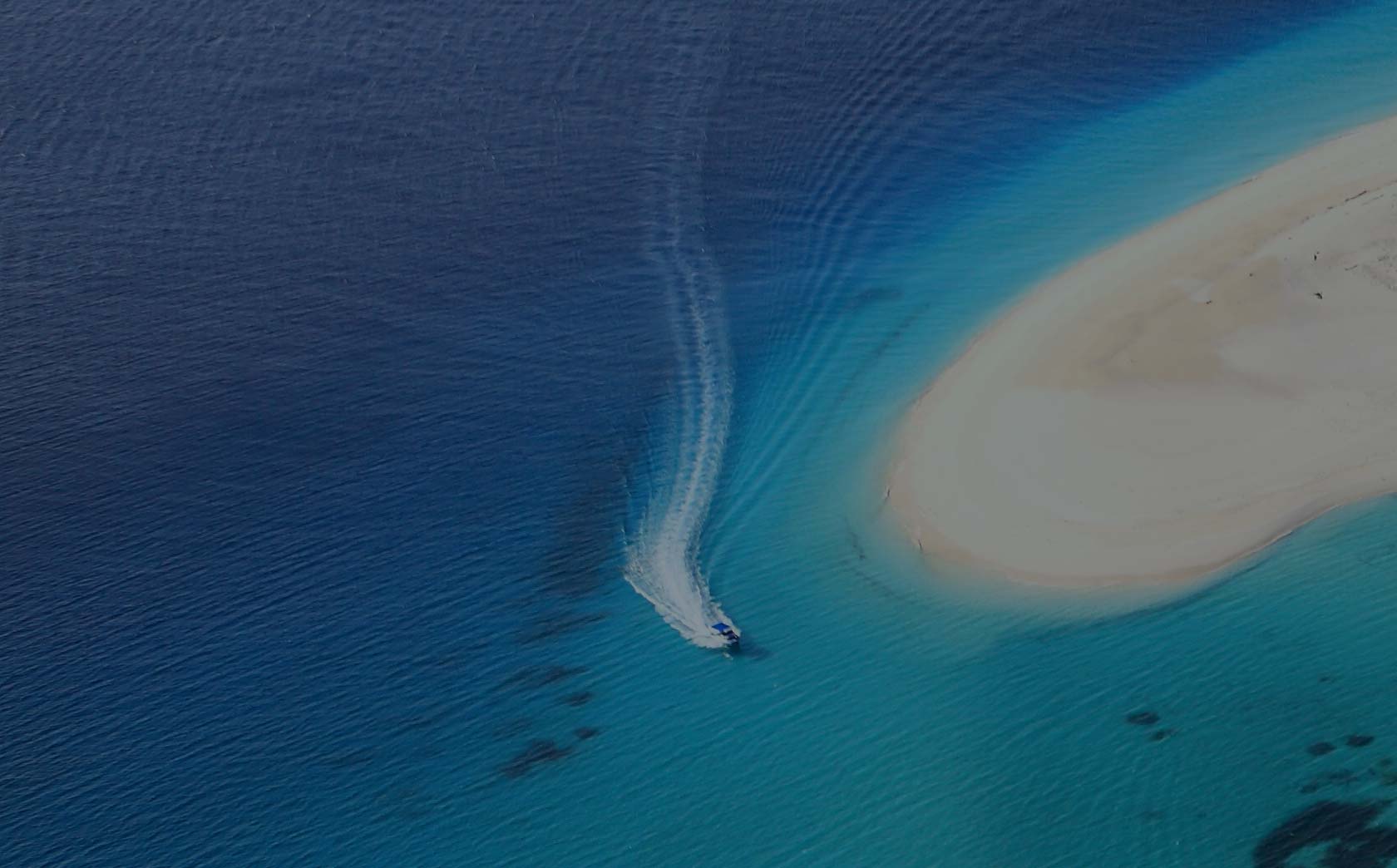
05 / 2025


